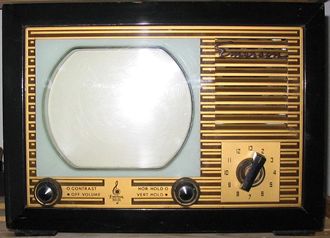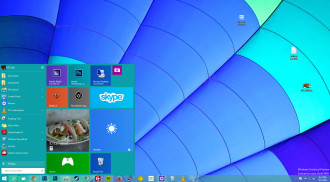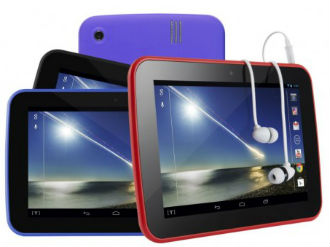 British chip designer ARM has bought Dutch firm Offspark, which is an open source security software outfit.
British chip designer ARM has bought Dutch firm Offspark, which is an open source security software outfit.
It is all part of ARM’s cunning plan to make chips for the internet of things. It seems that the move by Intel to buy McAfee is starting to make some sense and ARM is seeing the wisdom of having inhouse security software.
Offspark’s PolarSSL technology is designed for sensor modules, communication modules and smartphones.
ARM said buying the group would add its security and software cryptography to its IoT platform, designed to link billions of devices online.
It is not clear how much ARM paid for the security outfit. ARM has promised that the technology will remain open source and will be made available to developers for commercial use.
It complements ARM’s Cryptobox technology of mbed OS that enables secure execution and storage.
Apparently ARM is to release mbed OS under an Apache 2.0 licence which will include mbed TLS, Thread, and other key technologies toward the end of 2015.
The release of mbed TLS 1.3.10 is now available under GPL and to existing PolarSSL customers on polarssl.org.

















